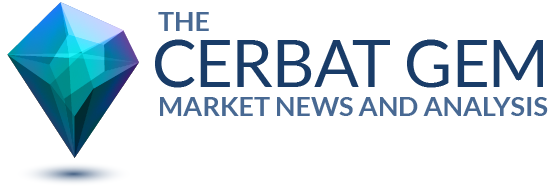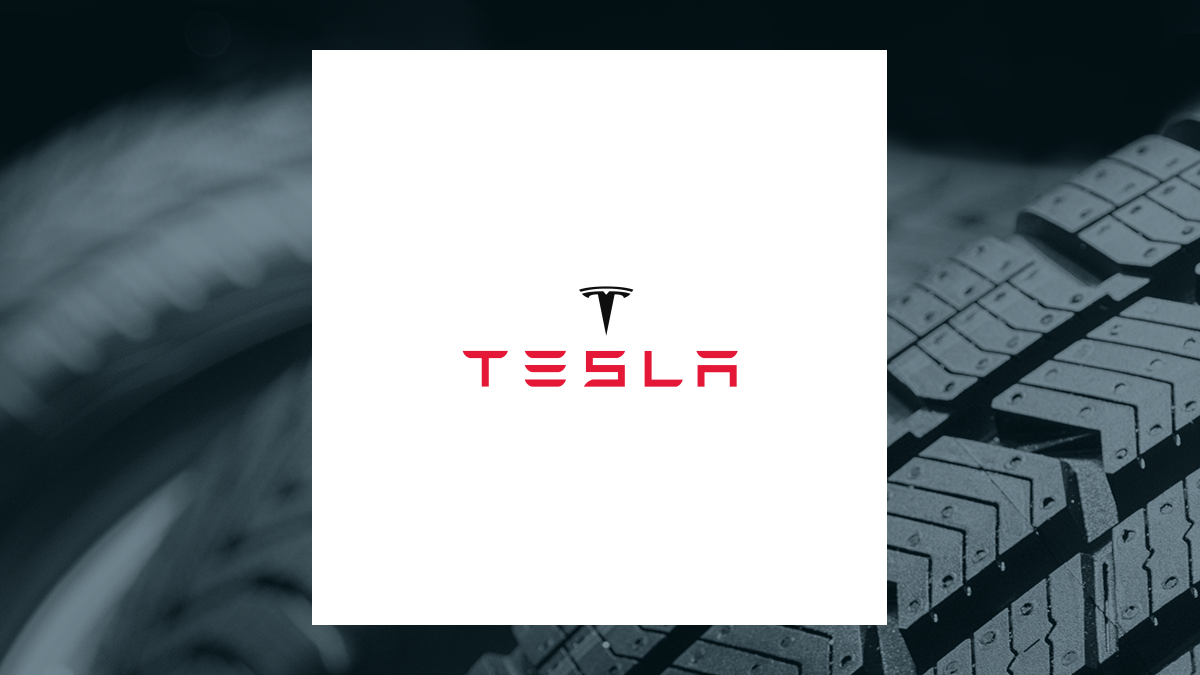Tesla, Broadcom, Oklo, Honeywell International, and Palo Alto Networks are the five Energy stocks to watch today, according to MarketBeat’s stock screener tool. Energy stocks refer to shares of companies that are involved in the exploration, production, refining, or distribution of energy resources, such as oil, natural gas, or renewable energy sources. Investing in energy stocks allows investors to gain exposure to the energy sector and potentially benefit from fluctuations in energy prices and demand. These companies had the highest dollar trading volume of any Energy stocks within the last several days.
Tesla (TSLA)
Tesla, Inc. designs, develops, manufactures, leases, and sells electric vehicles, and energy generation and storage systems in the United States, China, and internationally. The company operates in two segments, Automotive, and Energy Generation and Storage. The Automotive segment offers electric vehicles, as well as sells automotive regulatory credits; and non-warranty after-sales vehicle, used vehicles, body shop and parts, supercharging, retail merchandise, and vehicle insurance services.
Shares of NASDAQ:TSLA traded down $12.70 on Friday, hitting $361.62. 69,251,467 shares of the company traded hands, compared to its average volume of 67,880,264. The company has a market cap of $1.16 trillion, a PE ratio of 177.27, a PEG ratio of 6.22 and a beta of 2.34. The stock has a 50 day simple moving average of $408.27 and a 200-day simple moving average of $303.53. Tesla has a 52 week low of $138.80 and a 52 week high of $488.54. The company has a quick ratio of 1.61, a current ratio of 2.02 and a debt-to-equity ratio of 0.08.
Read Our Latest Research Report on TSLA
Broadcom (AVGO)
Broadcom Inc. designs, develops, and supplies various semiconductor devices with a focus on complex digital and mixed signal complementary metal oxide semiconductor based devices and analog III-V based products worldwide. The company operates in two segments, Semiconductor Solutions and Infrastructure Software.
AVGO stock traded down $6.49 during trading on Friday, hitting $224.87. 22,084,864 shares of the stock traded hands, compared to its average volume of 30,073,216. Broadcom has a 1 year low of $119.76 and a 1 year high of $251.88. The firm’s 50 day moving average is $219.76 and its two-hundred day moving average is $184.18. The company has a debt-to-equity ratio of 0.98, a current ratio of 1.17 and a quick ratio of 1.07. The stock has a market cap of $1.05 trillion, a price-to-earnings ratio of 183.42, a price-to-earnings-growth ratio of 2.42 and a beta of 1.02.
Read Our Latest Research Report on AVGO
Oklo (OKLO)
Oklo Inc. designs and develops fission power plants to provide reliable and commercial-scale energy to customers in the United States. It also provides used nuclear fuel recycling services. The company was founded in 2013 and is based in Santa Clara, California.
OKLO stock traded up $7.49 on Friday, hitting $55.25. The company had a trading volume of 37,660,795 shares, compared to its average volume of 22,392,098. Oklo has a 12-month low of $5.35 and a 12-month high of $59.14. The stock’s 50-day simple moving average is $27.78 and its 200 day simple moving average is $17.92.
Read Our Latest Research Report on OKLO
Honeywell International (HON)
Honeywell International Inc. engages in the aerospace technologies, building automation, energy and sustainable solutions, and industrial automation businesses in the United States, Europe, and internationally. The company’s Aerospace segment offers auxiliary power units, propulsion engines, integrated avionics, environmental control and electric power systems, engine controls, flight safety, communications, navigation hardware, data and software applications, radar and surveillance systems, aircraft lighting, advanced systems and instruments, satellite and space components, and aircraft wheels and brakes; spare parts; repair, overhaul, and maintenance services; and thermal systems, as well as wireless connectivity services.
Shares of Honeywell International stock traded down $4.30 during trading hours on Friday, reaching $205.52. 6,694,143 shares of the stock traded hands, compared to its average volume of 3,948,731. Honeywell International has a one year low of $189.75 and a one year high of $242.77. The firm has a market capitalization of $133.64 billion, a price-to-earnings ratio of 23.60, a P/E/G ratio of 2.55 and a beta of 1.05. The company has a quick ratio of 1.12, a current ratio of 1.31 and a debt-to-equity ratio of 1.33. The company has a 50 day moving average price of $224.52 and a 200 day moving average price of $215.11.
Read Our Latest Research Report on HON
Palo Alto Networks (PANW)
Palo Alto Networks, Inc. provides cybersecurity solutions worldwide. The company offers firewall appliances and software; and Panorama, a security management solution for the global control of network security platform as a virtual or a physical appliance. It also provides subscription services covering the areas of threat prevention, malware and persistent threat, URL filtering, laptop and mobile device protection, DNS security, Internet of Things security, SaaS security API, and SaaS security inline, as well as threat intelligence, and data loss prevention.
Shares of NASDAQ PANW traded up $6.57 during trading on Friday, hitting $193.94. The company had a trading volume of 6,341,981 shares, compared to its average volume of 5,443,483. Palo Alto Networks has a 12 month low of $130.04 and a 12 month high of $207.24. The firm has a market capitalization of $127.26 billion, a P/E ratio of 50.51, a price-to-earnings-growth ratio of 5.36 and a beta of 1.14. The stock has a 50 day simple moving average of $186.88 and a 200 day simple moving average of $180.47.
Read Our Latest Research Report on PANW
See Also
- MarketBeat’s Top Five Stocks to Own in February 2025
- Chipotle’s Slip: A Short-Term Dip or Long-Term Opportunity?
- Why New Tariffs Could Boost These 3 Basic Materials Stocks
- MarketBeat Week in Review – 02/03 – 02/07
- Meta Platforms Continues to Prove Why It’s a Premier Play on AI
- IBM’s AI Bet Pays Off—What’s Next for Investors?

